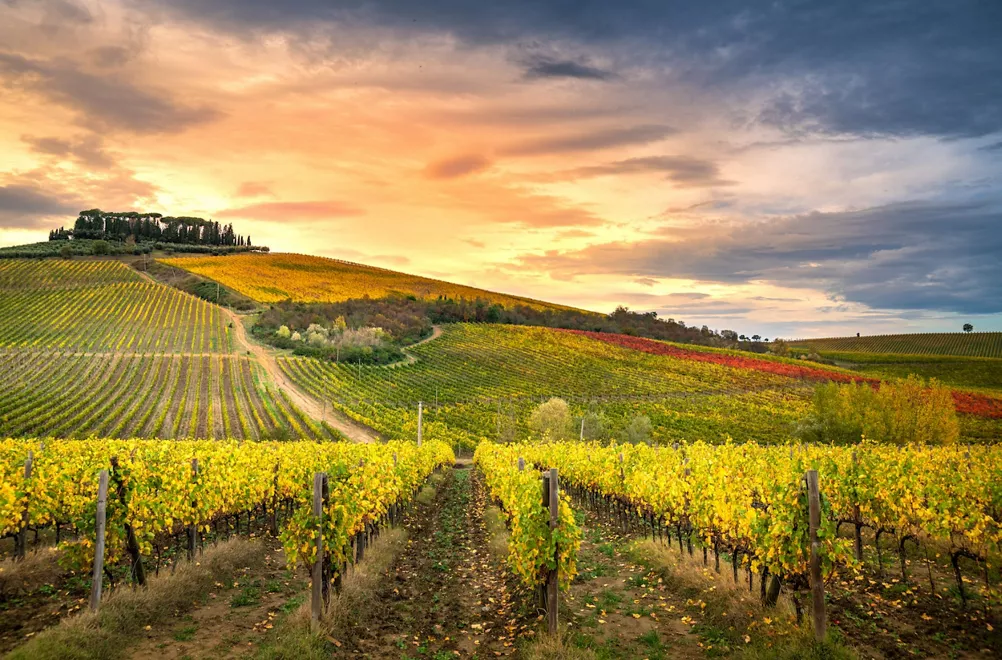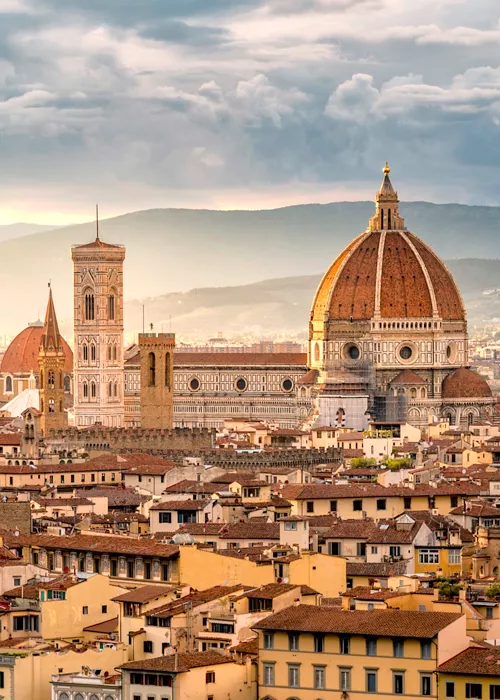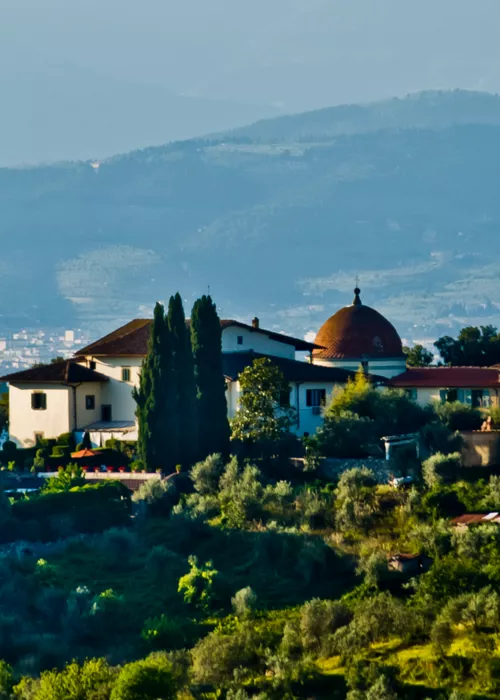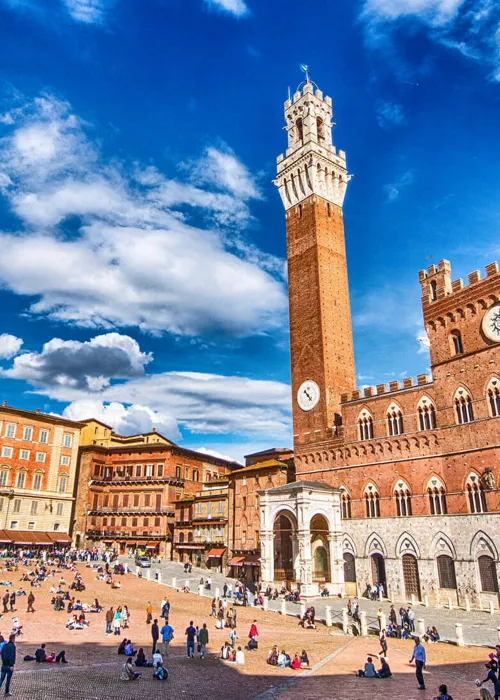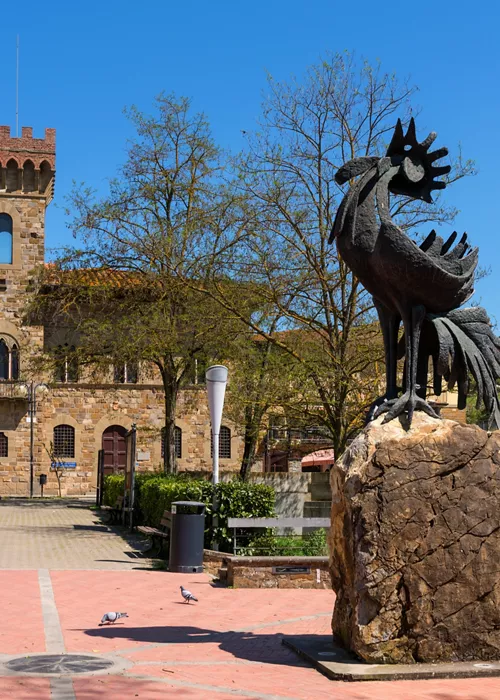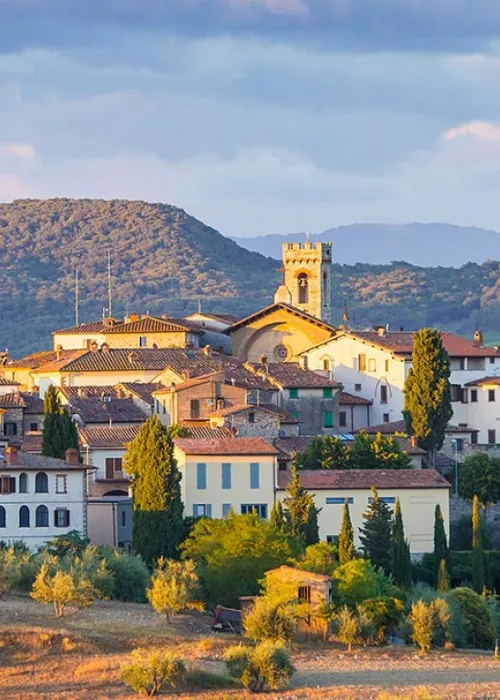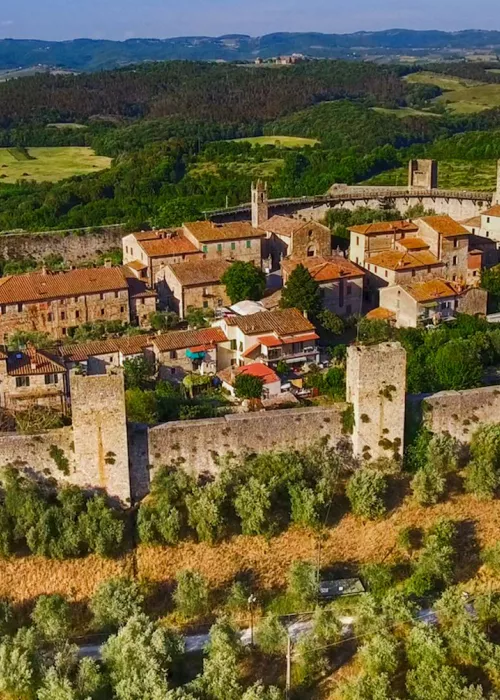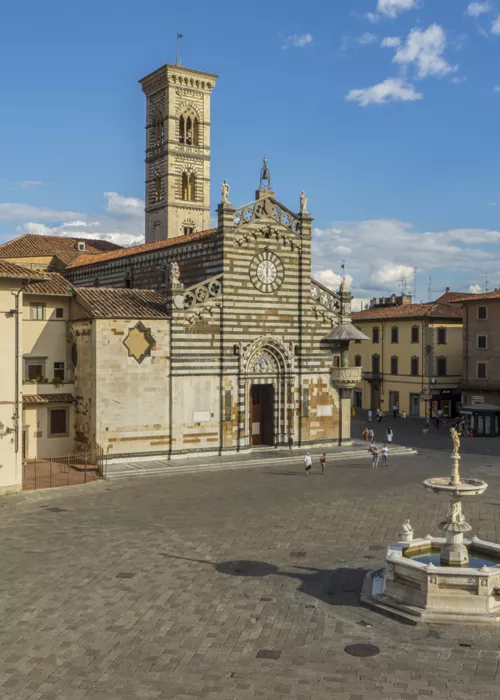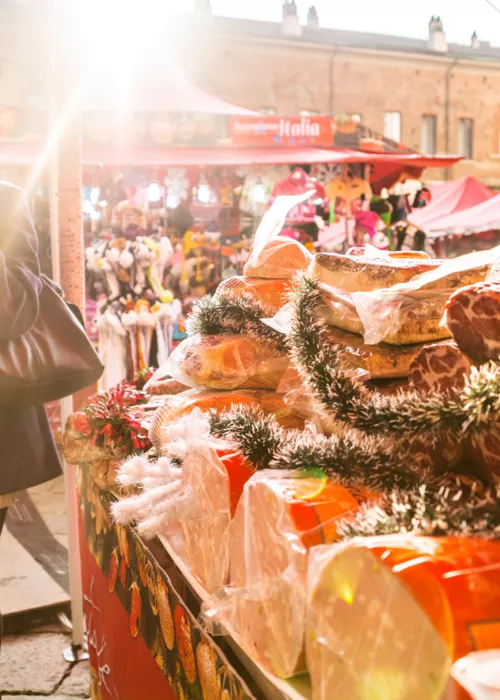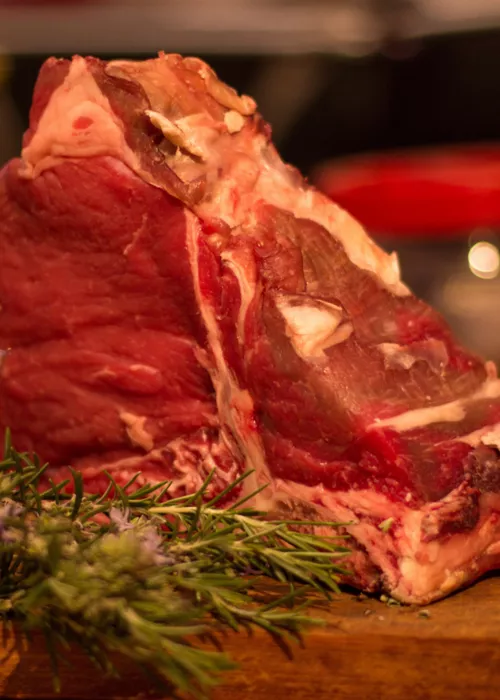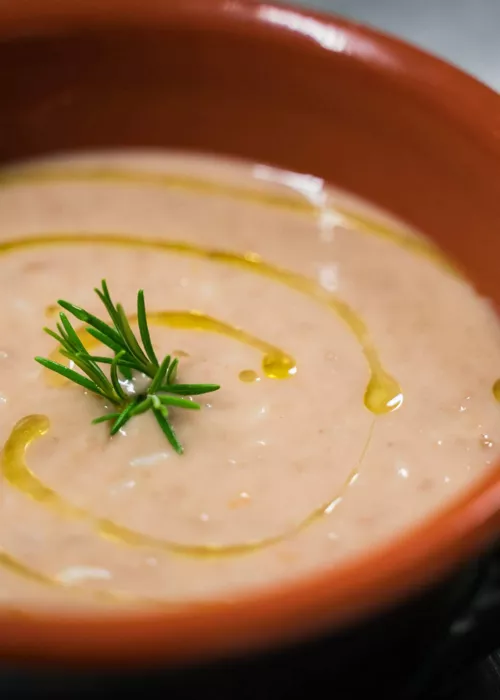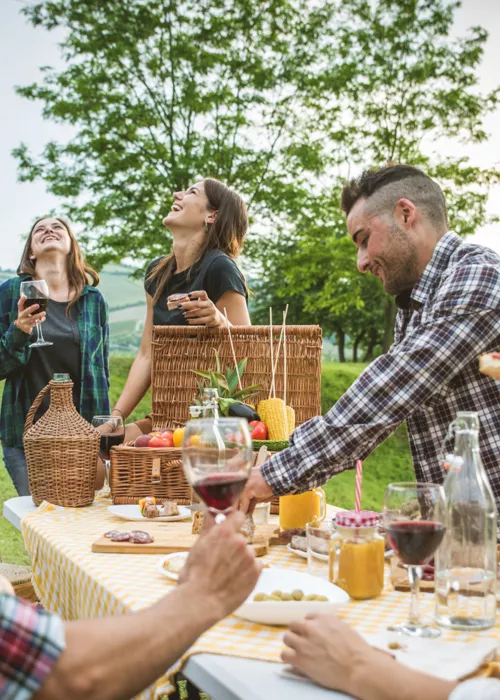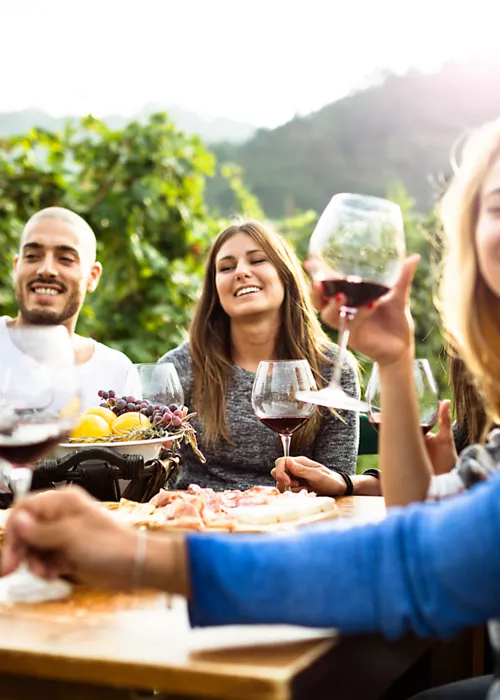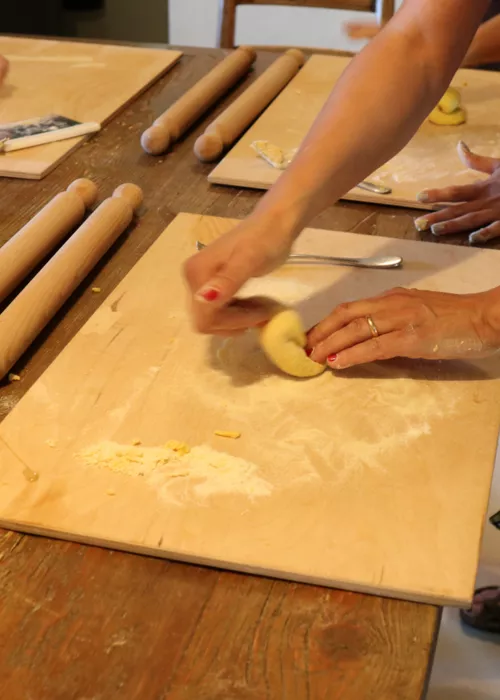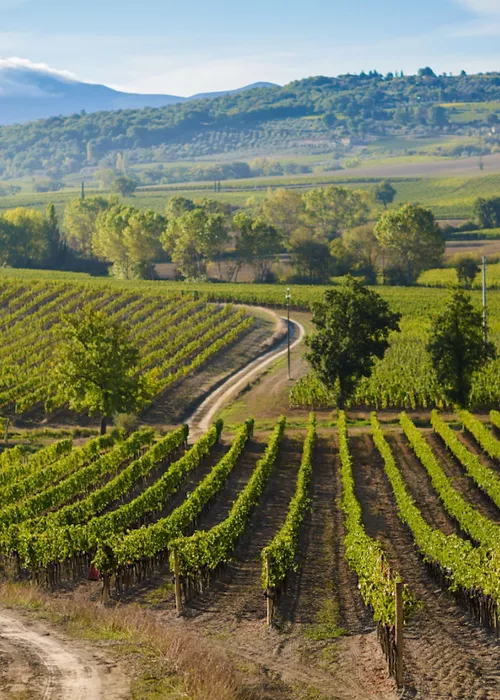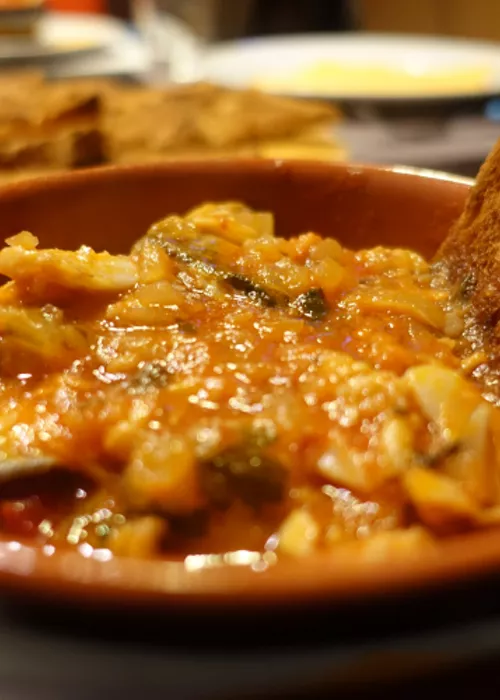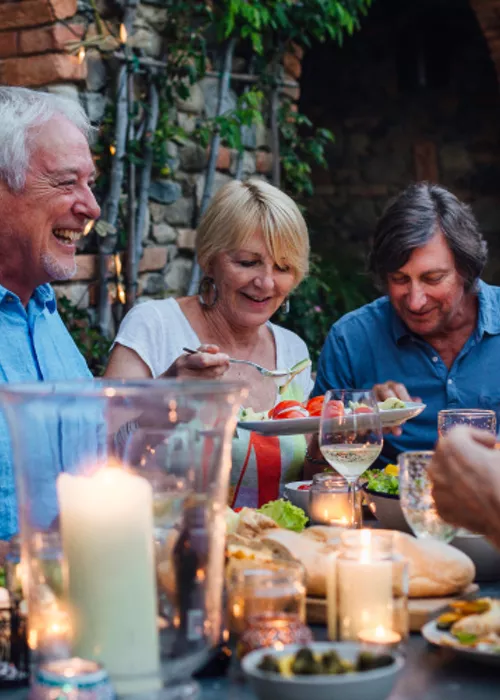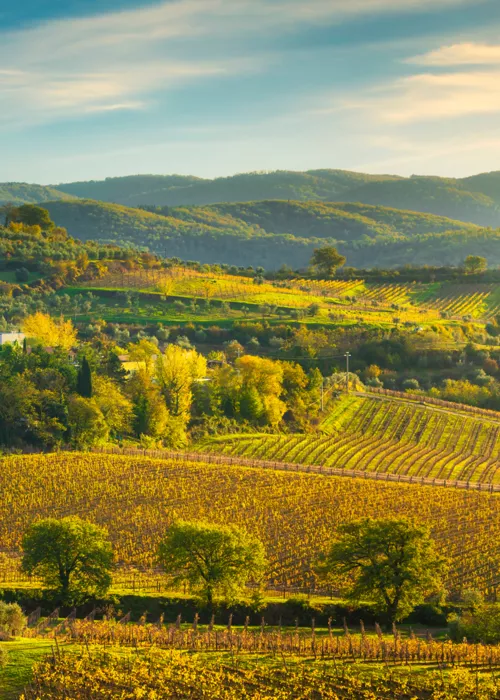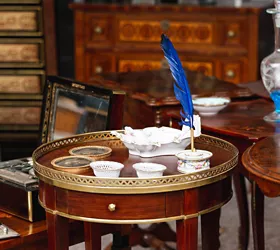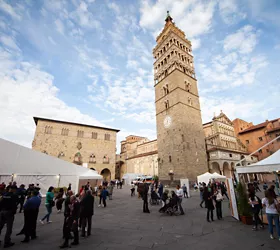Visiting the Chianti Valley
4 minutes
Chianti, the area of rolling hills stretching between Florence and Siena, Arezzo and the hills of Pisa, has long been considered the “heart of Tuscany”. Its splendid landscape is dotted with dense vineyards, chestnut forests, oaks and maples, attractive medieval villages, romantic castles and charming colonial farmhouses. It is also the birthplace of one of the world’s most famous red wines: Chianti.

Chianti is the ideal getaway for those wanting to experience medieval villages and romantic vineyards tucked away amongst rolling hills. From village to village, one discovers country castles and farms featuring numerous wineries and enoteca (wine shops and bars) for enjoying the fine local wine. The legendary origins of the Clante (named for a stream known since the Etruscan era) along with its winemaking tradition have made it famous worldwide.
If traveling from Florence, the natural gateway to the wine country is Impruneta, featuring important monuments such as the 13th-Century crenellated bell tower and the Basilica of Santa Maria with its Treasury Museum. It is also the venue for two internationally-known autumn festivals: the grape festival with its parade of allegorical floats, and the Festival of San Luca.
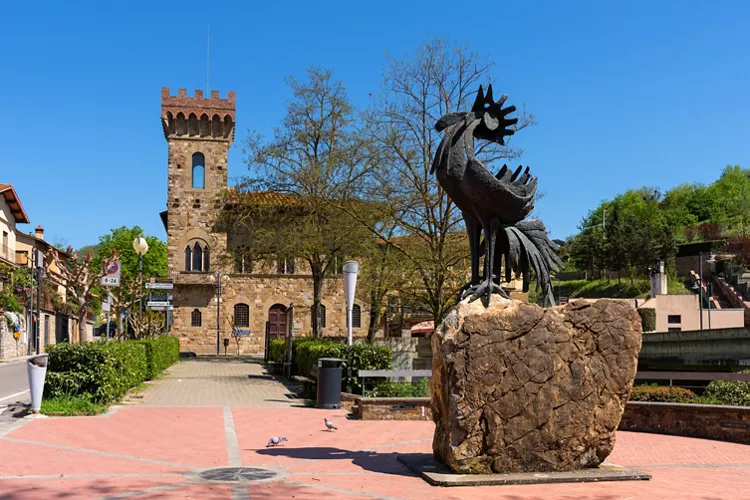
After leaving Florence, on the way to Siena, not to be missed is the medieval village of Greve in Chianti, with its unique triangular piazza lined by buildings, porticoes and loggias all converging on the Church of Santa Croce. In September, the piazza hosts the most important winemaking festival in Chianti. Looking out over the city is the castle of the ancient, walled village of Montefioralle. Next is the tiny, picturesque medieval town of Volpaia, also an ancient center of wine production that sprung up around a castle.

Further on is Radda, built around the 14th-Century church of San Niccolò and its majestic Praetorian Palace (c. 1415). It is also worth visiting the church of San Giusto in Salcio, immersed in a lush hollow among the vineyards, and the church of Santa Maria Novella, with its characteristic Roman façade. Another mandatory stop is the Casa Chianti Classico and the Chianti Historic Studies Centre, just outside Radda. Continuing on towards the Chianti mountain pass, one happens upon Gaiole, one of the most well-known landscapes in Italy, and countless farms and castles, such as San Leonino and Fonterutoli.
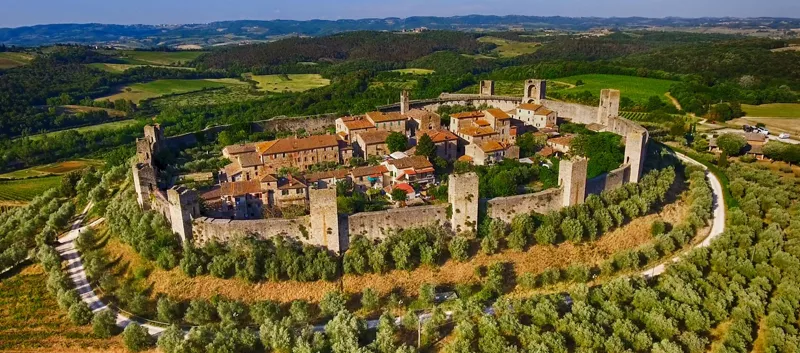
After passing Siena, one finds two sites of particular historical importance: the 13th century town of Monteriggioni, built atop a hill and surrounded by a massive wall, and Castellina, the Sienese outpost of Etruscan origin, with its lovely central piazza traversed by the medieval Via delle Volte.
The final stops are splendid Poggibonsi, where every October a celebration of the area's ancient grape-crushing technique is held, and Montespertoli, which hosts the annual Chianti exhibition.

All Chianti wine is classified as DOCG (Guarantee of the Origin and Quality of Selected Wines) however, each Chianti is different and its characteristics vary according to its territory of origin and winemaking tradition. The blend of grapes is always the same, though the percentages vary: Sangiovese (75-90%), Canaiolo (5-10%), and Malvasia del Chianti (5-10%). The perfect recipe was developed by Baron Ricasoli in the 19th century, with the later addition of Trebbiano Toscano. So deeply rooted is this method that Tuscan winegrowers plant their varying grapevines together in the exact proportions needed to make the wine. Here, cultivation in the typical Tuscan bow form is benefited by the porous and permeable marlstone soil, which prevents water from collecting around the roots.
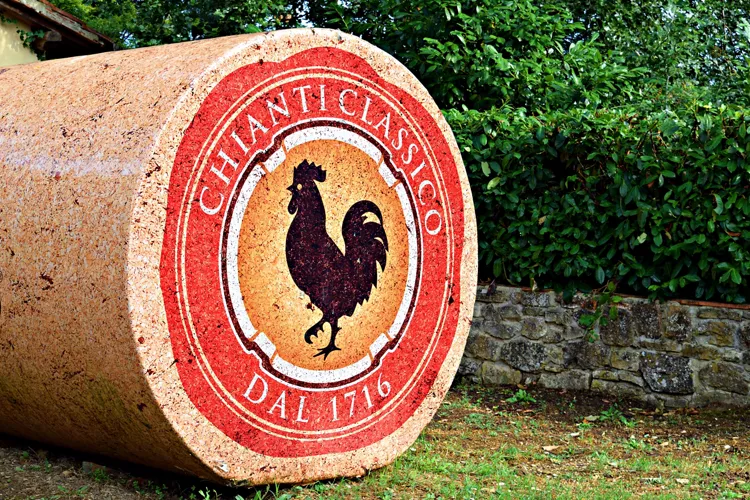
After the autumn grape harvest, it is not unusual to see clusters of grapes left drying on the vines, evidence of the "official” practice passed down over the centuries of adding fresh must made from raisins to the fermented wine. This reactivates the fermentation process, ensuring the sugars are completely transformed into alcohol, resulting in a dry, stable wine. Following fermentation, the wine is left to age in steel or cement tanks until March. Once bottled, it is ready to be marketed. If a Chianti is aged for many years, at least three months of which are in a bottle, it may qualify as a Reserve as long as its total alcohol by volume is at least 12% (at the time it is released for consumption). For the Chianti Classico, it's 11.5%.
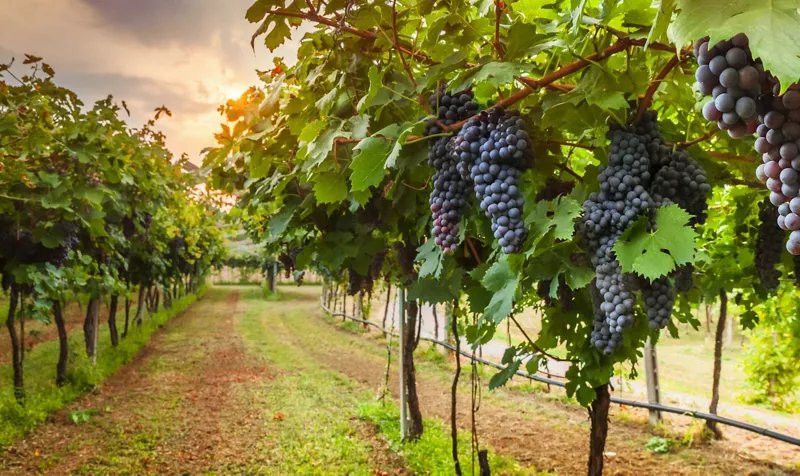
Chianti is bright ruby red in color and has an intense bouquet with notes of violet, iris and vanilla. Its flavor is balanced and dry with vanilla and almond notes. As it ages, it becomes soft and velvety. Almost 63 million bottles are produced annually. Young Chianti and all the simple DOCG wines make perfect table wines. Aged and Reserve wines pair well with red meat, wild game, and aged cheeses. Bottles should be stored horizontally and the wine should be served at room temperature. Typical dishes of the Tuscan cuisine are: ribollita, made from leftover cooked vegetables all “reboiled” together with the addition of stale bread and a drizzle of extra-virgin olive oil.Other regional classics include: crostini with chicken liver paté, bruschetta with tomatoes, and Sienese capocollo, more commonly known as finocchiata.

